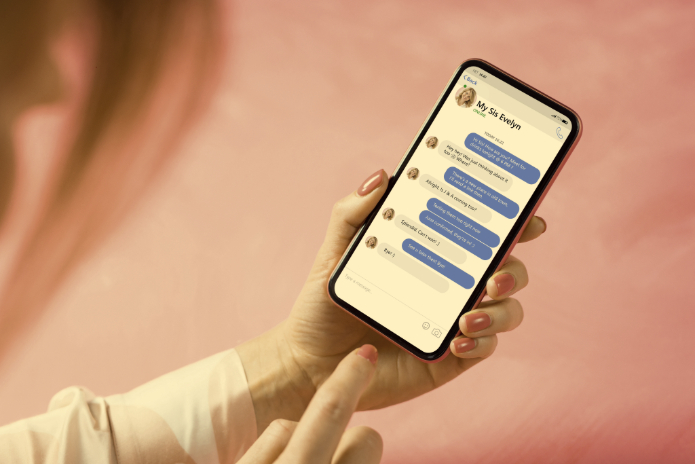With the advancement of digital technologies, streaming platforms, which have examples like YouTube and Spotify, consolidate as the main way of consuming musical and audiovisual content. This reality reignites legal debates about the limits of the transfer of copyright.
Although not an isolated case, the recent legal dispute between the singer Leonardo and Sony Music highlighted relevant concerns regarding the extent of rights granted by the author of a work and the survival of this extension over time, especially in the face of new forms of work exploitation, such as streaming.
In the mentioned case, Leonardo, as the author, judicially questioned the validity of the contract signed in 1998 with Sony Music regarding the possibility of releasing his music catalog on streaming platforms, considering that the contractual clause that determines the extension of the use of the work by Sony Music does not explicitly cover distribution through streaming.
The controversy revolves around the restrictive interpretation given to legal business (including contracts) that regulate copyright. Because one cannot assume what was not clearly and expressly agreed upon, which could lead to the understanding that current forms of exploitation were not foreseen in agreements made in the past and, therefore, were not authorized by the author. However, even though the obligation to comply with the validity criteria of the transfer (e.g. that the contract be in writing, that it determines the authorized uses, etc.) is undeniable, the analysis must consider the technological context in which the contract was signed (in 1998, when Leonardo signed the contract, Spotify – for example – was still 10 years away from being launched).
The major point of tension, both in this case and in similar ones, is the validity of contracts signed before the internet became the dominant means of content distribution. Essentially, the music industry argues that streaming is just an extension of traditional forms of performance or distribution, which legitimizes its use according to existing contractual clauses. On the other hand, the authors argue that it is an entirely new medium that requires specific authorization and, in certain cases, renegotiation of contractual remuneration.
The discussion regarding the need for specific authorization for the use of musical works on digital platforms has already been analyzed by the Superior Court of Justice (STJ) in the judgment of Special Appeal No. 1,559,264/RJ. On that occasion, the Court recognized that streaming can be classified under the usage scenarios provided for in Article 29 of the Copyright Law. However, it emphasized that this type of exploitation requires prior and explicit consent from the rights holder, in compliance with the restrictive interpretation principle.
More than just a specific conflict between particular parties, discussions like these reveal a structural issue: the need for a review of contracts involving the transfer of copyright, regardless of the sector, whether the phonographic industry, the widely digitized educational sector, journalistic vehicles, or any others that use and exploit content protected by copyright. Given the speed at which new technologies and distribution formats emerge – especially in the digital environment – it is essential that these contractual instruments specify, clearly and comprehensively, the authorized modes of use. This is because omission, which may commercially seem beneficial as it grants broad permission for the exploitation of content, can lead to legal uncertainty, demands for compensation for moral and material rights, as well as costly and prolonged disputes in the Judiciary.







